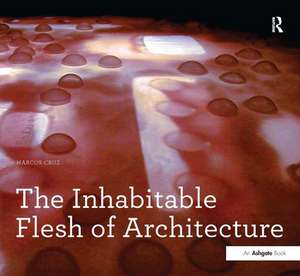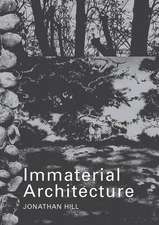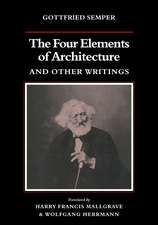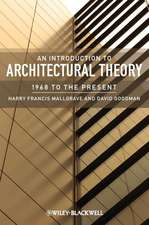The Inhabitable Flesh of Architecture: Design Research in Architecture
Autor Marcos Cruzen Limba Engleză Paperback – 31 dec 2013
Din seria Design Research in Architecture
-
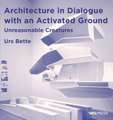 Preț: 417.40 lei
Preț: 417.40 lei - 19%
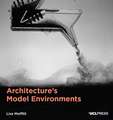 Preț: 373.32 lei
Preț: 373.32 lei - 8%
 Preț: 423.29 lei
Preț: 423.29 lei - 19%
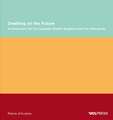 Preț: 471.24 lei
Preț: 471.24 lei -
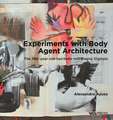 Preț: 328.90 lei
Preț: 328.90 lei - 21%
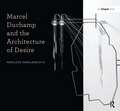 Preț: 364.76 lei
Preț: 364.76 lei - 21%
 Preț: 361.80 lei
Preț: 361.80 lei - 22%
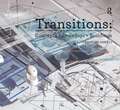 Preț: 415.13 lei
Preț: 415.13 lei - 22%
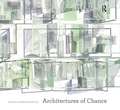 Preț: 359.04 lei
Preț: 359.04 lei - 22%
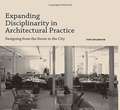 Preț: 353.82 lei
Preț: 353.82 lei - 22%
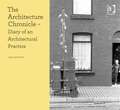 Preț: 358.88 lei
Preț: 358.88 lei - 12%
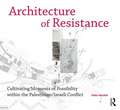 Preț: 342.45 lei
Preț: 342.45 lei - 22%
 Preț: 323.17 lei
Preț: 323.17 lei - 12%
 Preț: 342.87 lei
Preț: 342.87 lei - 21%
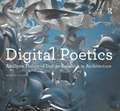 Preț: 351.58 lei
Preț: 351.58 lei
Preț: 357.54 lei
Preț vechi: 457.20 lei
-22% Nou
Puncte Express: 536
Preț estimativ în valută:
68.42€ • 71.34$ • 56.87£
68.42€ • 71.34$ • 56.87£
Carte tipărită la comandă
Livrare economică 21 martie-04 aprilie
Preluare comenzi: 021 569.72.76
Specificații
ISBN-13: 9781409469346
ISBN-10: 1409469344
Pagini: 268
Ilustrații: Includes 23 colour and 309 b&w illustrations
Dimensiuni: 220 x 240 x 15 mm
Greutate: 0.7 kg
Ediția:New ed
Editura: Taylor & Francis
Colecția Routledge
Seria Design Research in Architecture
Locul publicării:Oxford, United Kingdom
ISBN-10: 1409469344
Pagini: 268
Ilustrații: Includes 23 colour and 309 b&w illustrations
Dimensiuni: 220 x 240 x 15 mm
Greutate: 0.7 kg
Ediția:New ed
Editura: Taylor & Francis
Colecția Routledge
Seria Design Research in Architecture
Locul publicării:Oxford, United Kingdom
Notă biografică
Marcos Cruz is Director of the Bartlett School of Architecture, UCL, UK.
Recenzii
’Recently in many architectural schools efforts intensified to further develop architectural research. Exciting new avenues are being explored, relying upon the design skills of architects and urban designers, combining them with intellectual rigor and in-depth thinking, in order to imagine new spatialities and to unfold hitherto unknown spatial experiences. This series highlights the innovative results of these explorations, opening up a new world of path-breaking research.’ Hilde Heynen, University of Leuven, Belgium
Cuprins
List of Images (According to their provenance), Acknowledgements, Photo Acknowledgements, Introduction: Body and Flesh, Design Experiment I Hyperdermis/Walls for Communicating People, Section I: Disgusting Flesh, Section II: Inhabitable Interfaces, Section III: Synthetic Neoplasms, Design Experiment (Final Stage): Hyperdermis Cyborgian Interfaces, Conclusion, Bibliographic References, Index
Descriere
Today’s architecture has failed the body with its long heritage of purity of form and aesthetic of cleanliness. A resurgence of interest in flesh, especially in art, has led to a politics of abjection, completely changing traditional aesthetics, and is now giving light to an alternative discussion about the body in architecture. This book is dedicated to a future vision of the body in architecture, questioning the contemporary relationship between our Human Flesh and the changing Architectural Flesh.
